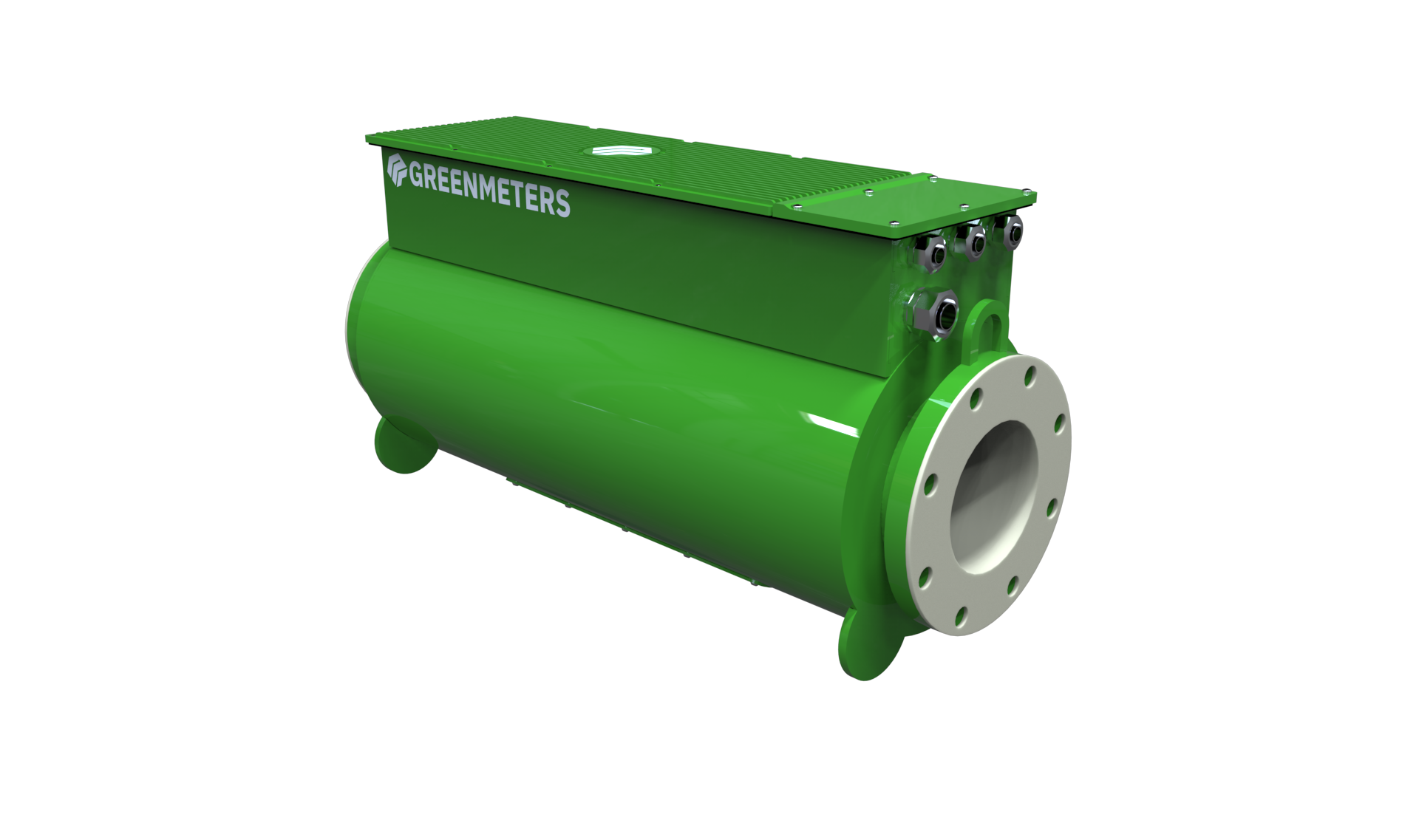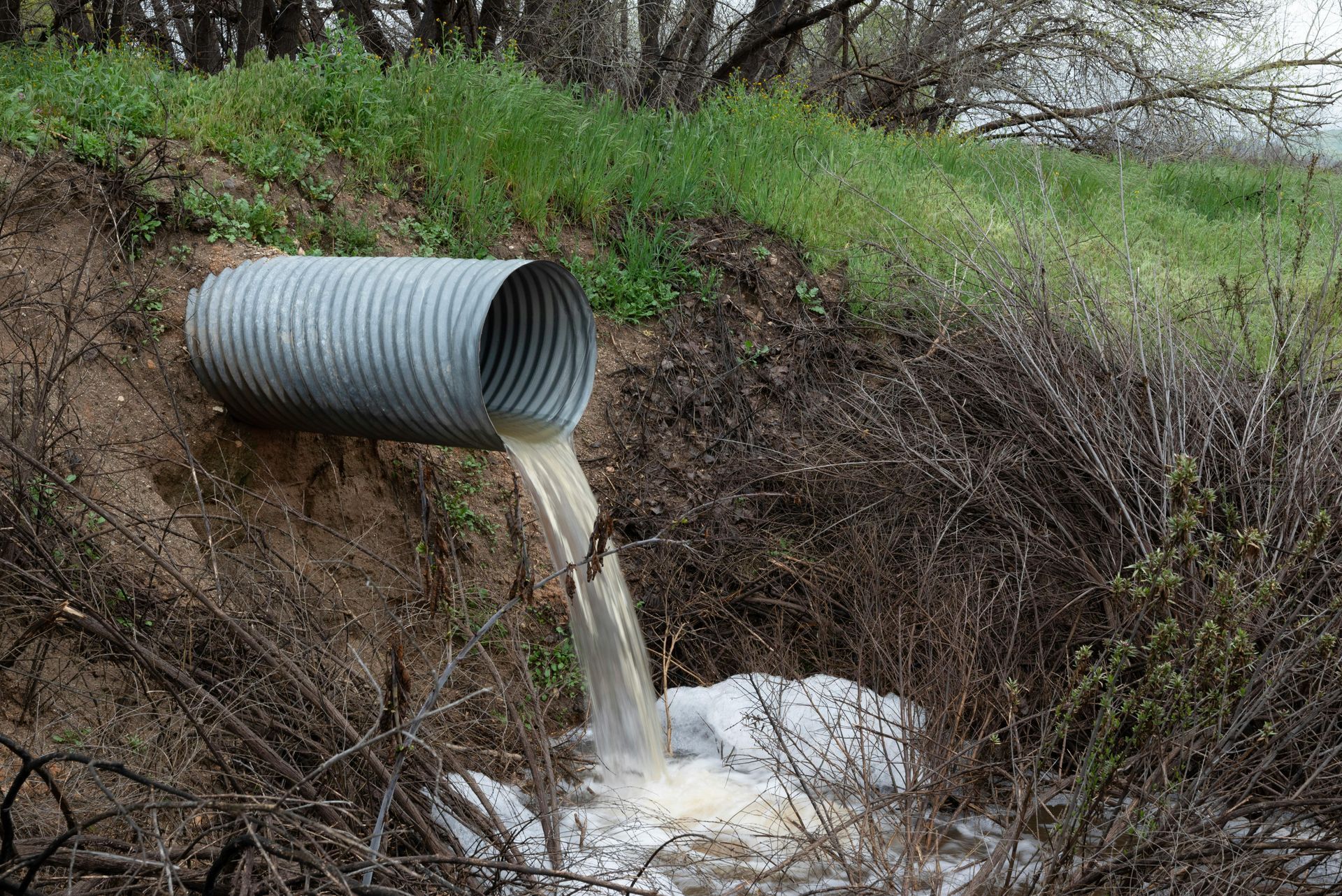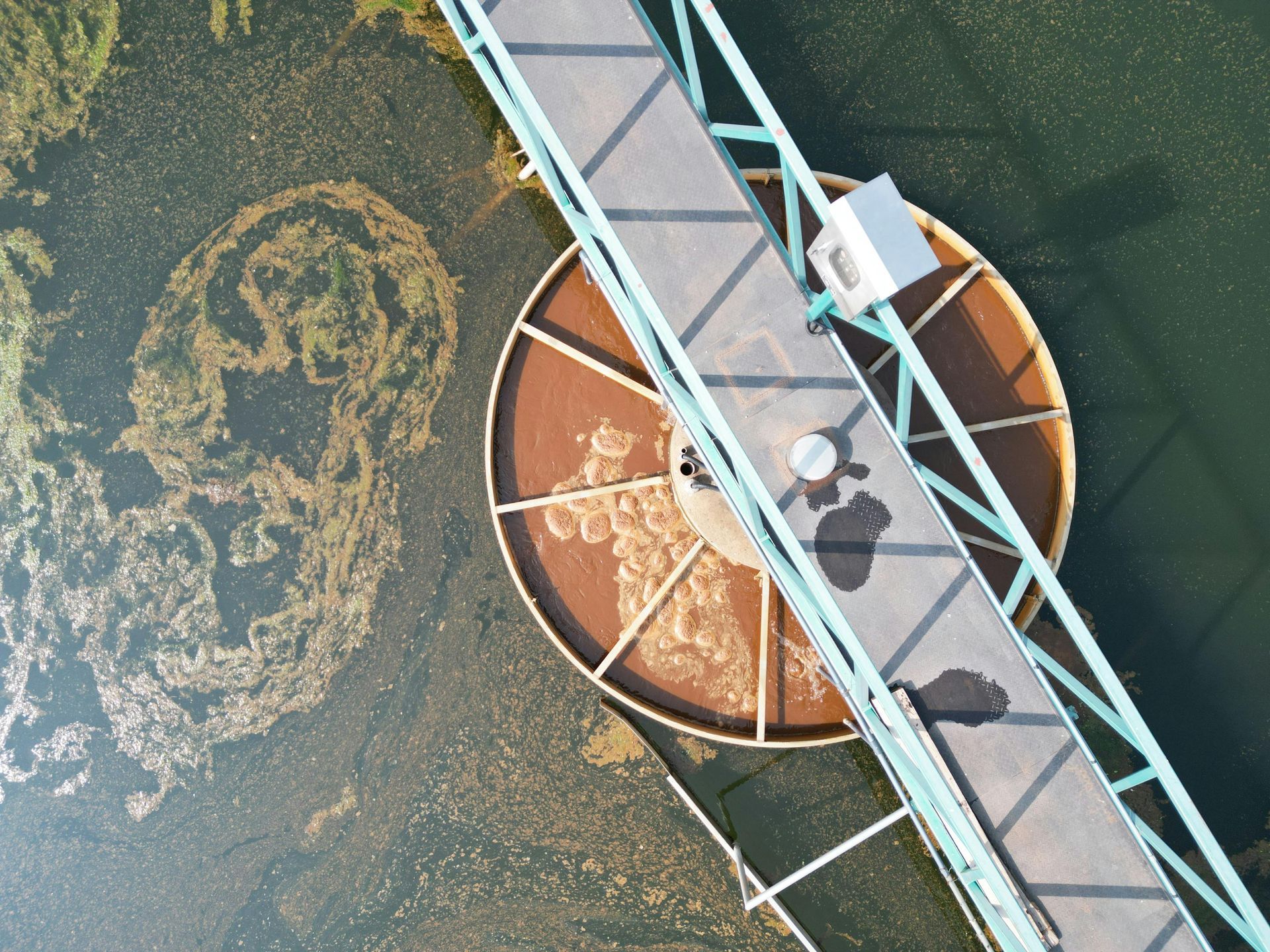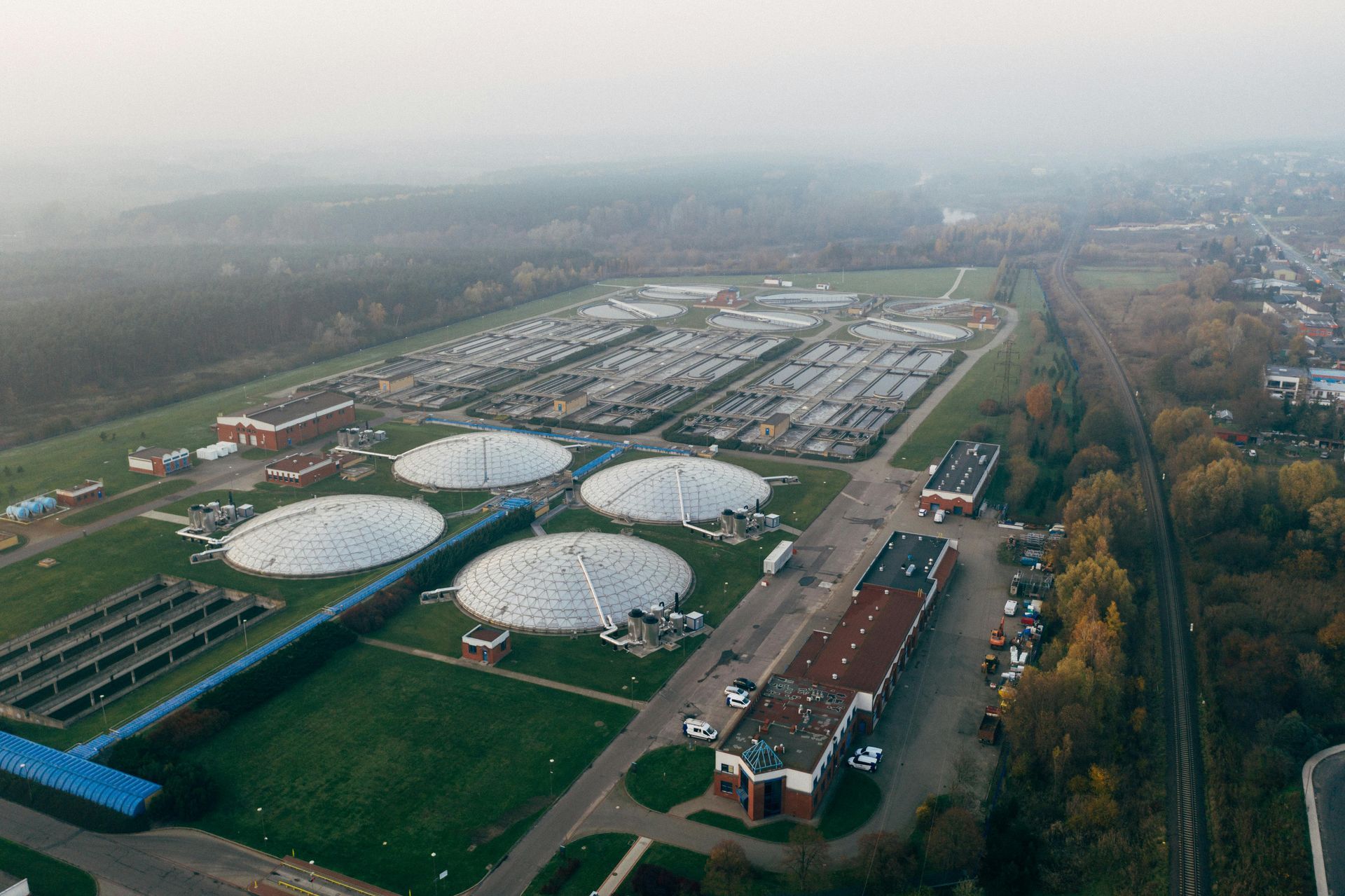
Next-Generation Water & Wastewater Measurement
Redefining Accuracy in Water Management
The industrial wastewater sector has long relied on outdated technologies and aging infrastructure, leading to inefficiencies and missed opportunities for improvement. As the need for sustainable practices grows, it’s essential to refurbish existing water treatment plants while incorporating cutting-edge technologies. By introducing smarter, more efficient systems into both new and retrofitted plants, industries can not only optimize wastewater treatment but also explore innovative practices like biosolid fertilizer production, turning waste into a valuable resource. At Green Meters, we’re committed to helping the industry embrace the future of water management.
Our patented technology sets a new standard for water and wastewater measurement. Unlike traditional flow meters, Green Meters offers:
- Precision tracking of wastewater discharge in residential and industrial applications
- Accurate monitoring of non-full pipe flows
- Scalable solutions for cities, businesses, and developers
We provide actionable data to improve conservation efforts, reduce waste, and optimize utility management.
Enabling Industries, Enriching Environments
In the realm of wastewater treatment, the application of Green Meters is vast and impactful. Our industrial meters are designed to optimize the entire wastewater management process, from monitoring the dewatering stages to detecting leaks in extensive pipeline systems. With the ability to measure effluent discharge accurately, our technology empowers facilities to enhance operational efficiency and ensure compliance with environmental regulations.
#MeteringTheFuture
The industrial sector accounts for approximately 20% of the world's freshwater consumption, and the subsequent discharge into natural water bodies poses significant environmental challenges. By implementing real-time monitoring solutions, industries can not only track their discharge but also receive built-in alarm notifications for any anomalies. This proactive approach enables businesses to assess their discharge practices and explore filtration options for water reuse, ultimately reducing their reliance on freshwater sources and lowering operational costs.
Current U.S. Problems
Capacity Strain: Approximately 16,000 public wastewater treatment plants in the United States are operating at an average of 81% of their design capacities, with 15% having reached or exceeded capacity
Infrastructure Scale: The U.S. is home to over 2.2 million kilometers (approximately 1.3 million miles) of pipelines, many of which are aging and require substantial investment for maintenance and upgrades
Leak Detection Challenges: Current methods for detecting leaks or blockages within sewer pipelines are limited, often identifying issues only after significant damage has occurred
Environmental Impact: Sanitary sewer overflows (SSOs) are estimated to occur between 23,000 and 75,000 times annually in the U.S., leading to untreated sewage discharges into the environment
Financial Burden: The cost to remediate spills and leaks in the U.S. is approximately $81 billion per year, underscoring the urgent need for effective monitoring and maintenance solutions
#WastewaterRevolution
Green Meters is committed to driving sustainability in the industrial sector. Our advanced metering solutions facilitate a comprehensive understanding of water usage patterns, allowing industries to make informed decisions that benefit both their bottom line and the environment. By investing in smart metering technology, businesses & homeowners can significantly improve their water management strategies, paving the way for a more sustainable future.
#StopSewerLeaks
Environmental Impact
01
Unmonitored Sewage Discharge
Without accurate measurement of sewage output from individual buildings, the demands on sewer pipelines and treatment plants remain unknown. This lack of data hampers effective capacity planning and resource allocation.
02
Unpredictable Capacity Strain
During periods of increased usage—such as during events, adverse weather, or population surges—treatment plants may experience capacity strain. Without real-time monitoring, these surges can lead to untreated sewage entering the environment.
03
Limited Leak and Blockage Detectionph
Current methods for detecting leaks or blockages within sewer pipelines are limited, often identifying issues only after significant damage has occurred. This delay can result in costly repairs and environmental harm.
04
High Remediation Costs
When leaks or blockages occur, remediation is expensive both financially and ecologically. The costs include emergency repairs, environmental cleanup, and potential fines, all of which strain municipal budgets and resources.

Industry: Water and Wastewater
Product Focus: Density and flow measurement using real-time monitoring solutions
Subscription Model: Data Collection, Alarm Notifications
Smart Sewer Systems
Addressing these challenges requires implementing advanced monitoring and detection technologies to ensure the integrity and sustainability of wastewater infrastructure with Green Meters:
Protecting Infrastructure & Preserving Resources
State-Of-The-Art Monitoring
A
Real-Time Monitoring:
Continuously tracks sewage discharge from individual buildings, providing accurate data on pipeline and treatment plant demands.
B
Predictive Analytics:
Anticipates capacity strain during peak usage periods, enabling proactive management and preventing overflows.
C
Leak and Blockage Detection:
Identifies potential issues within sewer pipelines early, allowing for timely interventions and reducing the risk of costly repairs.
D
Environmental Protection:
Minimizes the occurrence of untreated sewage discharges, safeguarding public health and the environment.
OPENING HOURS
- Mon - Fri
- -
- Sat - Sun
- Appointment Only










